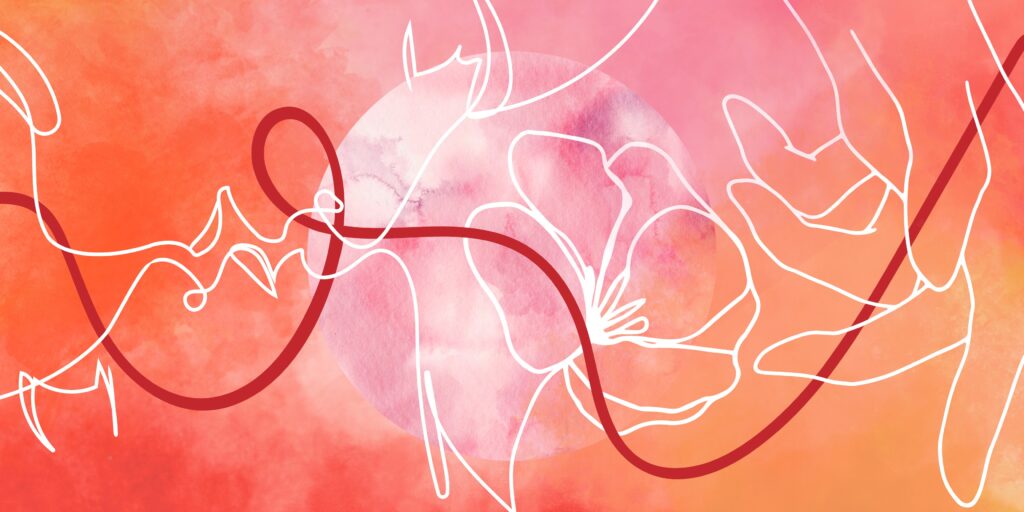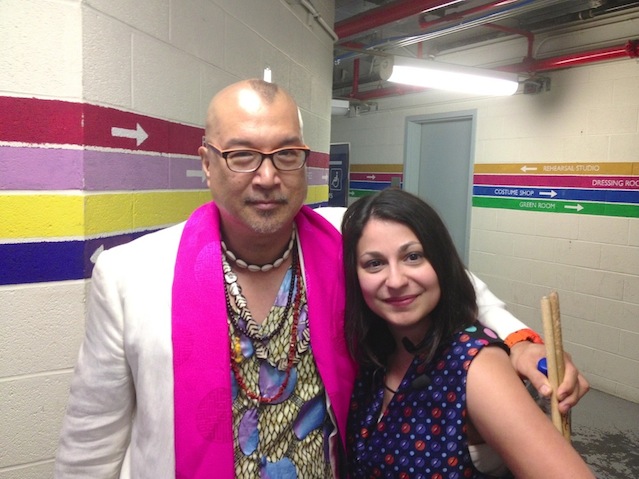Kitamura chats with Hermione Hoby about her new novel, a “collage of colonialism.”

August 7, 2012
Following a recent reading at 192 Books to celebrate the publication of her second novel, Gone To The Forest, 33-year-old novelist Katie Kitamura talks to Hermione Hoby about the book’s violence, age-lessness and its depictions of masculinity. Gone To The Forest, which was published on August 7 by Simon & Schuster, takes place on a struggling farm in an unnamed colonial country riven with violence and follows the disintegration of a father and son’s relationship after a young woman enters their lives.
Katie Kitamura will read from her new novel at the Asian American Writers’ Workshop on Thursday, September 27th.
Why did you choose to create a time and setting for this novel that were non-specific? The novel’s setting is a composite of multiple historical examples—a kind of collage of colonialism. One of the things I wanted to do in this book was write a novel that was historical without being period. It seems to me that our understanding of history has been growing increasingly fragmented. The mash-up is just the most obvious example of a version of history that is no longer strictly linear. Gone to the Forest is not a novel about technology, but in a way it was shaped in response to digital culture, and takes its notion of collage from the internet.
The three main characters are so wretched and, for the most part, hard to like. Does it matter to you whether a reader feels sympathy for them? I’m suspicious of words such as “likeable” and “sympathetic” when applied to fictional characters. One of the things a novel can do is allow proximity to the alien and the unknowable. The trick is allowing this proximity without giving in to the temptation to domesticate something that should remain strange and uncontained. The minute you render your characters “sympathetic” or “identifiable,” you run the danger of making familiar something that maybe should remain unfamiliar. Obviously, in some cases that process of domestication is part of the fictional project—but not, I think, in every case.
Halfway through the novel you’re describing a scene at the farm in which you write: “They were men suited to this age of violence.” That struck me in terms of the age in question being so deliberately non-specific, or composite. Is every age an age of violence? I think I used “this age” because I wanted the moment to reference other epoques and histories of violence; the phrase felt somehow capacious to me. The question of whether every age is an age of violence is an interesting one. On the whole, I think this comes down to a question of how visible the violence is. At the moment, a lot of the violence that is being enacted on our behalf is being rendered more or less “invisible”—drones, extraordinary rendition, etc. It seems obvious that we should be doing our best both to make that violence more visible, and also to properly see it in the first place.
Your first novel was about the relationship between a mixed martial arts fighter and his trainer and the relationship between Tom and his father is at the center of this novel: do you think there’s something about being female which means you in fact have a less complicated, more direct approach to thinking and writing about masculinity? It’s a question that sometimes comes up in relation to my writing. I don’t think it’s difficult for a woman to write masculine characters—the entire literary canon is filled with male characters and voices. It’s an act of psychic transvestitism that is pleasurable in all kinds of ways, and available to anybody who has access to a library.
You often end a sentence in which you’re describing a character and then begin a next sentence with “who”. There’s something almost violent about that, like a double punch: do you think there is any such thing as “masculine” writing? I think there’s something that is referred to as “masculine” writing in the culture at large—a combination of archetype, cliché and cultural inheritance. But I think we have to reject this notion of “masculine” writing in the same way that we should reject the notion that there is such a thing as “feminine” writing. When V.S. Naipaul said, “I read a piece of writing and within a paragraph or two I know whether it is by a woman or not,” he only reinforced all the reasons why “feminine” and “masculine” are categories that need to be dismantled.
Do your favourite writers share any stylistic traits—perhaps a similar violence at the level of the sentence? Elfriede Jelinek is a writer I admire very much, and her novels are confrontational in multiple ways, including on the level of language. I also love Herta Müller; one of the things I enjoy about her prose is the way she allows metaphors to alter, crumble, fall apart in your hands. I think you can really see in her fiction that she is as much a poet as a novelist.
There’s a very subtle interplay in the novel between natural violence and the human violence: we often use “senseless” to describe human violence, but here every instance of it it seems—chillingly—full of sense. Do you agree? I wanted the action in the novel to feel like the consequence of decisions and actions made long in the past. The characters are enacting narratives that are beyond their power to control—including the violence that they both perform and receive.
Was it important to you to have any note of hope at the end of the novel? Well, not in the sense that I believe in happy endings—in the case of this novel, a happy ending would just be a form of fictional dishonesty. But at the end of the book, there has been a changing of the guard, a shift in the hierarchy of power, and that’s something.



